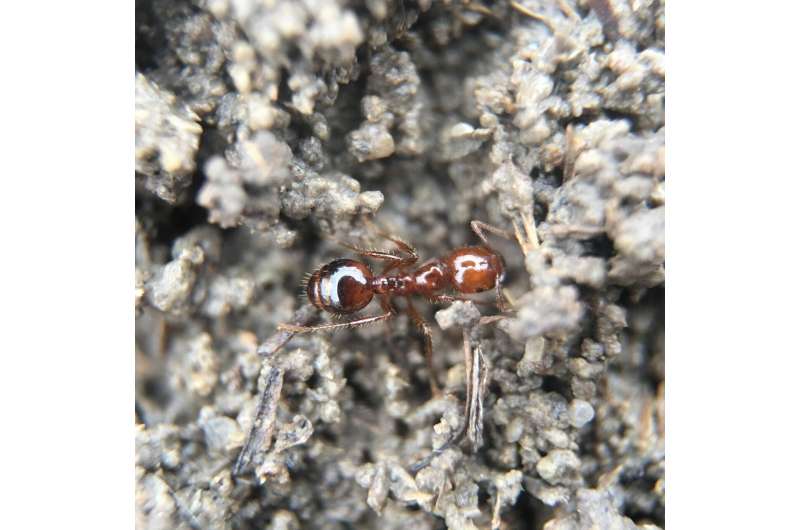This article has been reviewed according to Science X's editorial process and policies. Editors have highlighted the following attributes while ensuring the content's credibility:
fact-checked
proofread
Case study: Overcoming barriers to venom immunotherapy for fire ant allergy patients

A recent case study published in the Journal of Allergy and Clinical Immunology: In Practice highlights the challenges faced by families seeking venom immunotherapy for fire ant allergies. The study focuses on a 4-year-old boy from New Orleans, Louisiana, who experienced a severe allergic reaction after being stung by ants. Dr. John Carlson, pediatric allergy and immunology specialist at Ochsner Health, was the senior author on the case study.
The study describes how fire ants, specifically the black and red imported species, have become widespread in the southeastern United States. In New Orleans alone, 58% of residents reported being stung by fire ants in the past year. Despite attempts to avoid field stings, patients with a history of anaphylaxis still face the risk of being stung.
While venom immunotherapy is proven to be safe and effective, accessing adequate treatment remains a challenge. The study suggests that broader coalitions involving community partners, patient advocacy groups, physicians, and lawmakers are crucial in addressing the overlapping hazards faced by families living in poverty.
"We desensitize patients with venom allergy in our specialized clinic at Ochsner. Unfortunately, transportation barriers, lack of childcare, and difficulty taking time off from work pose significant challenges for families in need of treatment," said Dr. Carlson.
"We must explore all resources available to assist families facing these types of challenges. Parents of children with such allergies must have access to these life-saving immunotherapy treatments, and it will take all of us working together to create sustainable change in our underserved communities."
Investment in marginalized communities is particularly important to mitigate the effects of exposures on child health. The study highlights the need for dialog with families, schools, clinics, and other stakeholders to determine the best options for enhancing access to care and achieving more equitable outcomes.
This case report serves as a call to action, raising awareness of the barriers faced by fire ant allergy patients and their families. By working together, health care professionals, community partners, and policymakers can create meaningful change and improve access to vital treatments.
More information: Ishwarya Satyavarapu et al, A Case Study in Health Disparities: Barriers to Immunotherapy for Venom-Induced Anaphylaxis, The Journal of Allergy and Clinical Immunology: In Practice (2023). DOI: 10.1016/j.jaip.2023.05.048





















